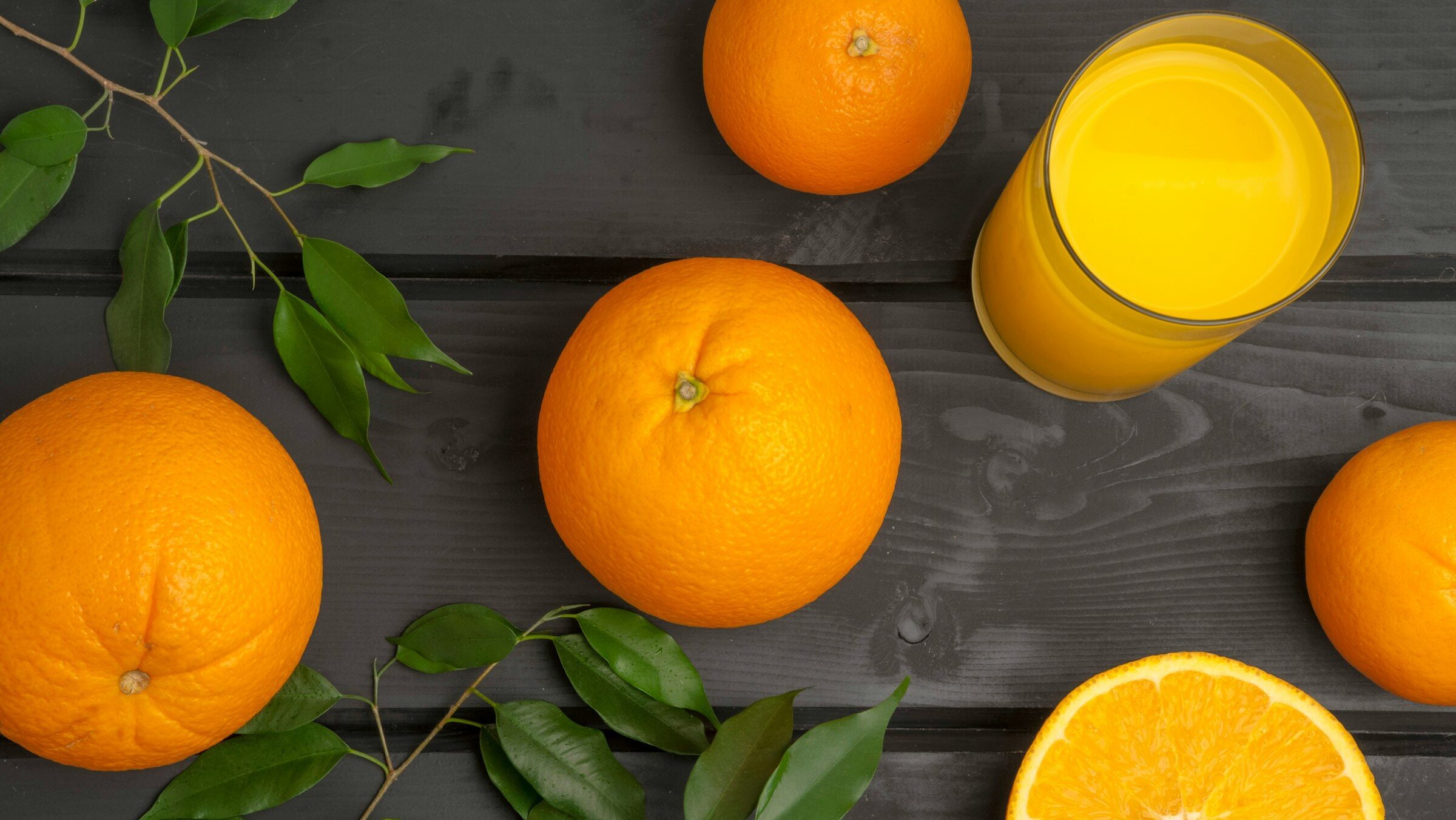Orange juice is quickly becoming a prohibitively expensive part of a complete breakfast.
While the Fed cracks down on inflation with high interest rates, there’s some things economic policy can’t account for, like disease and bad weather. Orange juice futures reached a high of $4.95 per pound in May 2024, according to The Guardian, from below $1 per pound in January 2020, due to a combination of citrus greening disease devastating crops in Brazil and Florida – which, together, make up 85% of the world market, per yahoo.com – and a brutal year of hurricanes in 2022 further decreased Florida’s orange production.
Brazilian growers also estimate harvests will be down 24% on last year’s production – more than the previously-predicted 15%. On its own, Brazil accounts for 70% of the world’s orange juice exports, and regular methods of weathering low production are running dry. In previous bad years, orange crop could be mixed with frozen orange juice to make up volume, but frozen juice only lasts for two years, and this is the third straight year of difficult global harvests.
“There’s great concern for the citrus crop in Florida this year, given our hurricane forecast,” said Dale Mohler, AccuWeather’s senior commodity meteorologist.
“We are forecasting an above-average number of storms, which means the odds of a hurricane rolling through the groves is greater than usual.”
Supply is way, way down, and prices are surging – with no return to normalcy in sight.
How Will Consumers Respond?
“Despite the impact of availability and price on consumption, consumer perception of the 100-percent orange juice category is favorable,” said Marisa Zansler, Ph.D., director of economic and market research for the Florida Department of Citrus. “Research shows consumers still love orange juice for its taste, health benefits, and convenience.”
But economic realities can be harsh. “Orange juice could temporarily lose its place at the breakfast table as consumers look to other options,” said Lizzie Grobbel, senior sustainability consultant for Quantis. “Depending on how steeply prices rise, orange juice may be seen as more of a luxury item or an occasional beverage, rather than a breakfast staple.
“Consumers may also explore other alternatives, such as less-expensive juices or non-juice options like coffee, water, or tea.”
Grocers seem likely to raise prices of OJ, but according to Thomas Weinandy, PhD economist at Upside, “they will not profit from it.”
“In fact, most grocers will likely accept low-to-zero profits on orange juice sales until prices stabilize over time.” He said most grocers won’t want to put their customers through yet another round of sticker shock, adding: “Grocery shoppers have become very price sensitive over the past year.”
Meanwhile, “most restaurants will keep the same price by absorbing the cost increase or not selling it at all,” Weinandy opined. “Unlike grocery stores, the cost of food is not always the most expensive operating costs for a restaurant.”
Opportunity for Other Products?
“While orange juice has had the historical perception of being a healthy, nutrition-packed beverage option for breakfast, other options can easily fill that void,” said Dr. Bryan Quoc Le, author of 150 Food Science Questions Answered. “Other possibilities may be mixed juices with or without frozen concentrates, with orange juice and distilled orange top note flavors added to other combinations of lower-cost citrus juices.”
In the case of orange shortages, there are many alternative citrus fruits that can temporarily fill the gap, similar to sugar with alternative sweeteners like agave, stevia, and coconut sugar, noted Jena Santoro, senior manager, intelligence solutions at Everstream Analytics.
This also isn’t the first time a previous staple good has gone luxury.
“Most recently, we’ve seen shortages of household items like sugar, tea, and coffee around the world due to similar trends in weather-related production and harvest issues,” Santoro noted. “This has led to a buying spree of coffee beans by roasters to ensure sufficient reserves,” which “pushed up the prices for end-consumers.”
The supply issue isn’t solved easily, either. It isn’t a matter of waiting for groves to grow back, because those groves have been destroyed. “Citrus growers in Florida told AccuWeather in 2022 that Ian caused the most damage to the citrus industry in 70 years,” Mohler said.
“It takes at least five years to get a decent crop from new trees that were planted to replace the ones damaged and destroyed by (Hurricane) Ian.”
There isn’t currently a cure for citrus greening, the disease that kills citrus trees, explained Danny Trejo, founder of Via Citrus. “Until there’s some type of significant mitigation or farming subsidy to help fight citrus greening,” he said, “I don’t see many farmers investing more money into growing citrus where it takes them three to four years to harvest fruit but citrus greening kills them within three to six years.”
But don’t count the orange-mongers out yet.
“The Florida citrus industry, including growers, is working tirelessly to rebound,” said Dr. Zansler. “Through collaborative efforts, the industry has the resolve and resources to continue to provide healthy, great-tasting, nutritious orange juice.”
The Food Institute Podcast
Funding sources are drying up and inflation is making it harder and harder for higher-priced food brands to compete – what’s an early-stage food company to do? Dr. James Richardson, owner of Premium Growth Solutions and author of Ramping Your Brand, joined The Food Institute Podcast to discuss what types of food companies are succeeding under current industry dynamics.












